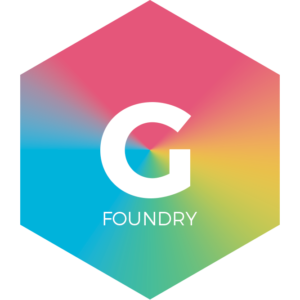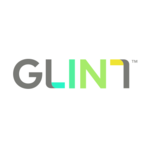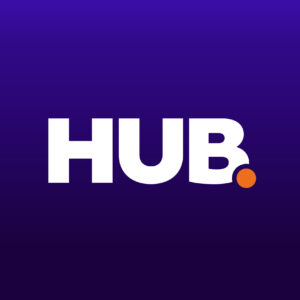Understanding Employee Engagement Software With Customizable Reporting
Customizable reporting helps organizations personalize data analysis according to their business needs. Instead of being limited to pre-set reports, you can choose which metrics to track, visualize the data (charts, graphs, etc.), and segment it (by team, department, location, etc.). This flexibility lets you get better insights into what drives engagement within your organization.
You can create reports highlighting specific trends, identify improvement opportunities, and demonstrate the impact of your engagement initiatives. Ultimately, the customizable reporting feature gives you the data you need to make better decisions and positive changes.
Importance Of Customizable Reporting
Customizable reporting is essential because every organization is different. Pre-built reports offer a general overview, but customizable reports allow you to see the data that matters most to your organization. Pre-built reports often lack the flexibility to look into specific areas or segment data in ways that reveal different insights.
With customizable reporting, you can track the metrics that align with your goals, visualize data in an easy-to-understand way, and generate reports according to different audiences, from team leaders to executive leadership. This allows you to make data-driven decisions, track the effectiveness of your engagement activities, and create a more engaged and productive workforce.
Best Ways To Use The Customizable Reporting Feature
If you want to get the most out of customizable reporting, align reports with your organization's goals. For example, if retention is a priority, track metrics like turnover rates or exit survey trends. Also, segment data by department, tenure, or role to understand detailed insights, which helps tailor strategies to different teams. You can use visual dashboards with charts or heatmaps, too, to simplify complicated data and highlight patterns.
You also have the opportunity to schedule regular reporting intervals (monthly or quarterly) to monitor progress and adapt quickly. Don't forget to involve stakeholders, too, by sharing reports transparently and collaborating on action plans. Remember to always report sensitive data anonymously to protect employee privacy and blend quantitative metrics (e.g., survey scores) with qualitative feedback for a holistic view. This approach turns raw data into actionable, strategic decisions.











